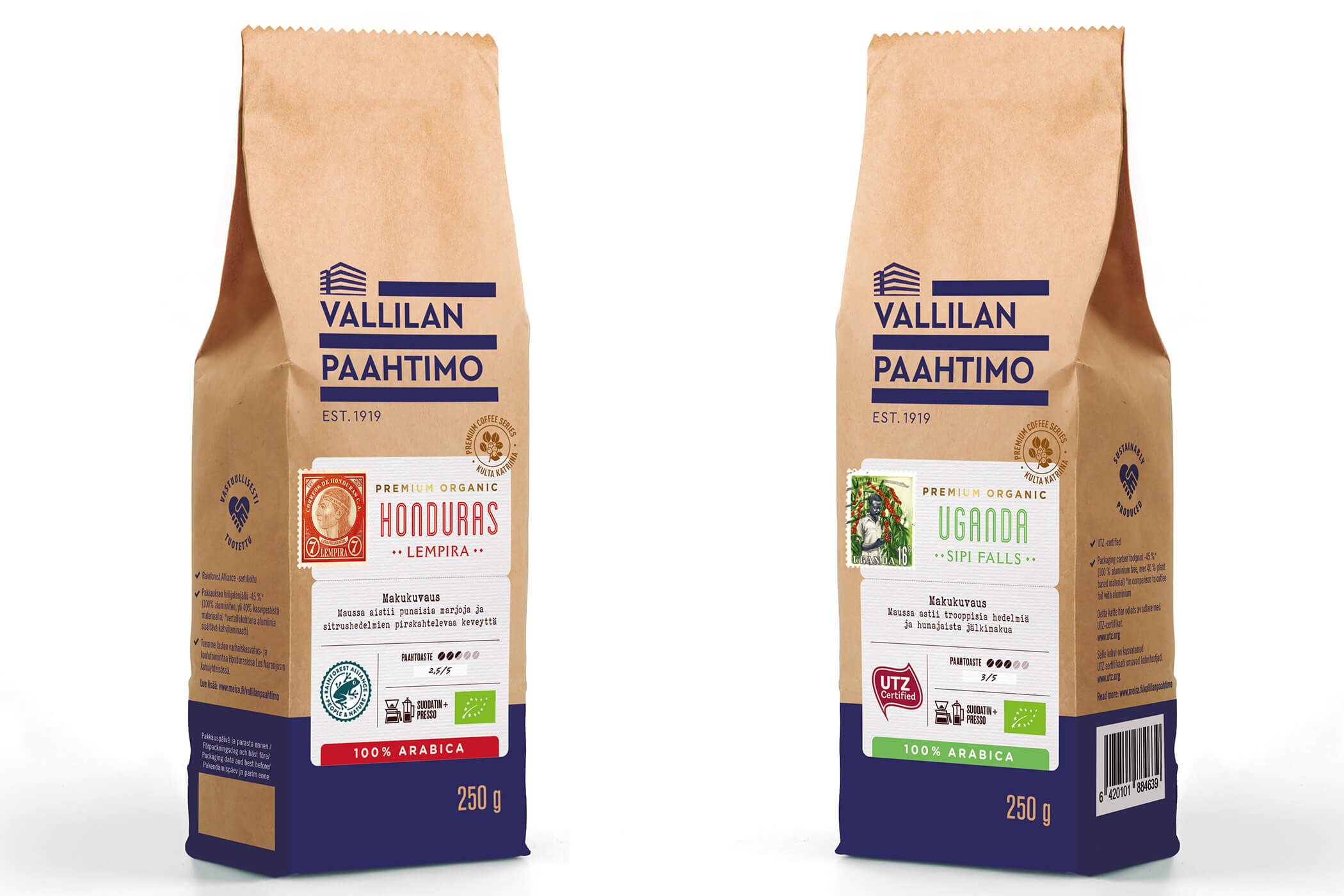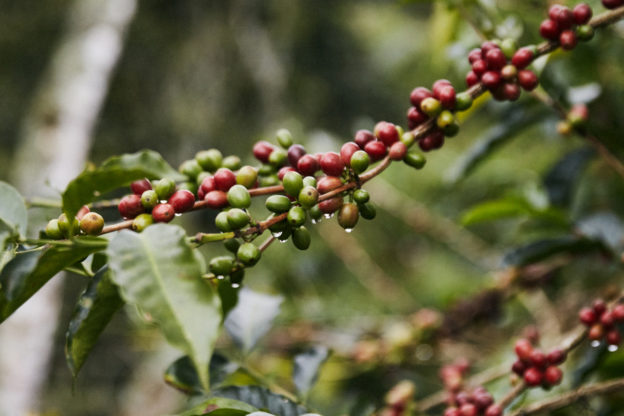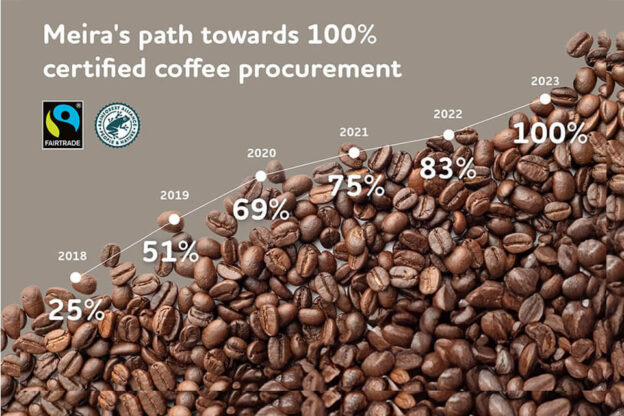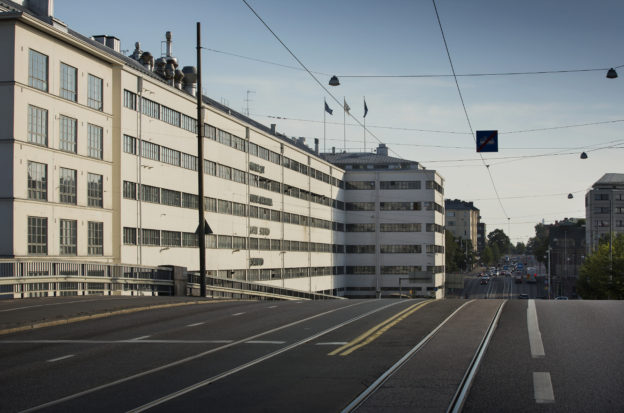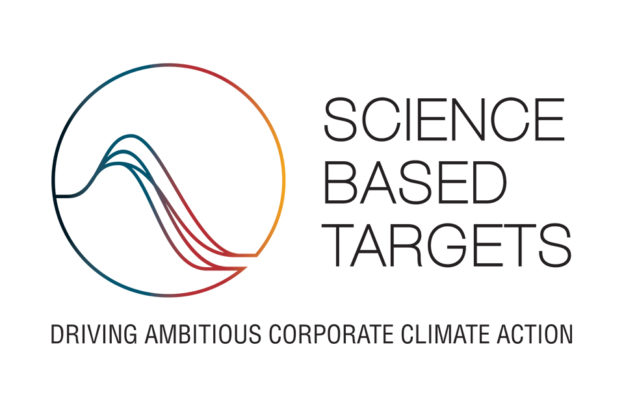Although food packaging often accounts for only a few percent of the climate impact of the foodstuff, it is an important and visible part for the consumer. If the packaging is not in good condition, it may, at worst, have ruined the product and cause a disappointment or even a health risk. Not to mention that the valuable raw materials used to produce the product and the work throughout the supply chain have been wasted.
The most important function of packaging is to ensure the shelf life and safety of the product and, of course, also the taste and aroma of the product. Environmental friendliness and efficiency are also important criteria; packaging material should be used as little as possible and the material used should be as environmentally friendly as possible.
The development of food packaging is sometimes challenging due to the themes mentioned above. For example, a new material might be recyclable or made from a renewable material, but its protective properties are not sufficient to guarantee the shelf life of the product. Or a multiple amount of the material is needed compared to the old material. For example, in the case of coffee, the ability of the packaging to protect the product from oxygen is critical; coffee is best preserved when it does not come into contact with air.
At Meira, we want to act sustainably in the long term and meet the needs of consumers and our customers. Our ambitious goal is that by 2030, all of Meira’s packaging will be made from 100% recyclable, recycled or renewable materials.
In 2019, already 38% of the packaging material volume was in line with our goal, but raising the percentage upwards is not an easy task. We do not compromise on the quality, safety or shelf life of our products.
Determined work pays off
Despite the many challenges of packaging development, we have already achieved many great successes through the cooperation of procurement, product development, marketing, production and our partners.
For example, we have been able to reduce the amount of plastic used in our coffee sales batch packaging by as much as 25%, or about 3, 000 kg from last year, which is equivalent to about 600,000 plastic bags. This result was achieved by both narrowing the cardboard used in the sales batch and by narrowing and thinning the plastic film used in the packaging. In addition, 30% of the plastic raw material is industrial recycled plastic.
Another great step in our packaging development was achieved when Meira’s new coffee brand Vallila roastery was launched in October. In this product line, we invest in ethics and environmental friendliness, both for the product itself and for the packaging material. The coffee used in Vallila roastery products is 100% sustainably produced. Instead of the traditional aluminum-containing laminate, the coffee packaging is made entirely of non-aluminum and partially renewable plant-based raw materials. Thus, the carbon footprint of the package is 45% smaller than of a normal coffee package. The cornerstones of the development of the new packaging have been environmentally friendly materials, optimized size of the package to reduce the food loss and the ability to preserve the authentic taste of the coffee.
Implementing our packaging vision still contains many challenges, but also great opportunities. We work hard every day with our partners so that both our customers and consumers can enjoy our tasty products even more sustainably in the future. This, if anything, makes my work meaningful!
Riikka Katajainen
The writer works as a Procurement Manager for packaging materials at Meira
